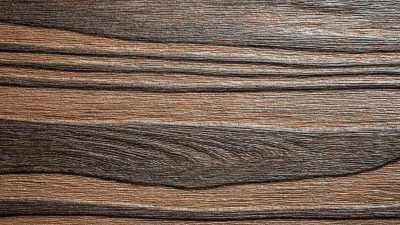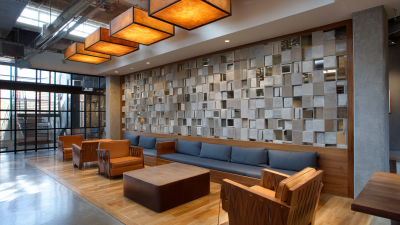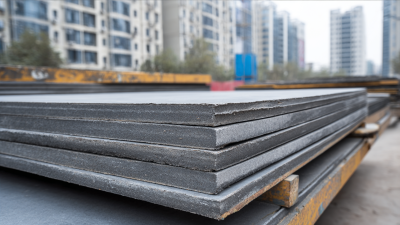Understanding the Benefits and Applications of Fiber Cement Soffit Board in Modern Construction
In modern construction, the selection of building materials plays a crucial role in ensuring durability, aesthetics, and functionality. Among the many options available, Fiber Cement Soffit Board has emerged as a popular choice due to its remarkable properties and versatility. This innovative material combines the strength of cement with the lightweight nature of fiber, making it an ideal solution for soffit applications in both residential and commercial buildings. In this blog, we will explore the numerous benefits of Fiber Cement Soffit Board, including its resistance to moisture, pests, and fire, as well as its ability to enhance the visual appeal of structures. Additionally, we will delve into various applications of this material in contemporary architecture and construction practices, providing readers with a comprehensive understanding of why Fiber Cement Soffit Board is a standout choice for modern builders and homeowners alike.

Benefits of Fiber Cement Soffit Boards for Energy Efficiency in Buildings
Fiber cement soffit boards are becoming increasingly popular in modern construction, particularly for their role in enhancing energy efficiency. These boards are engineered to provide superior insulation compared to traditional materials, helping to maintain stable indoor temperatures. By effectively reducing heat transfer, they play a crucial role in lowering energy consumption for heating and cooling systems. This not only contributes to more sustainable building practices but also results in significant cost savings on utility bills.
In addition to their insulation properties, fiber cement soffit boards are resistant to moisture, mold, and pests. This durability ensures that buildings maintain their energy efficiency over time, as moisture infiltration can lead to a decrease in thermal performance. Moreover, the longevity of fiber cement materials extends the life of the building's exterior, reducing the need for frequent repairs or replacements, which further aids in energy conservation. Ultimately, the integration of fiber cement soffit boards into construction projects supports both environmental sustainability and economic efficiency.
Comparing Fiber Cement Soffit Boards with Traditional Materials
When it comes to modern construction, fiber cement soffit boards stand out when compared to traditional materials like wood and vinyl. According to the Fiber Cement Manufacturers Council, fiber cement products can outperform conventional materials in key aspects such as durability and weather resistance. Unlike wood, which is prone to rot, warping, and insect infestation, fiber cement is engineered to withstand the rigors of various environmental conditions, making it an attractive choice for builders seeking longevity in their projects.
Moreover, the sustainability aspect of fiber cement cannot be overlooked. A report from the Portland Cement Association indicates that fiber cement boards are composed of eco-friendly materials, typically containing sand, cement, and cellulose fibers. This composition not only minimizes waste but also promotes better energy efficiency. In contrast, traditional vinyl soffits often release harmful chemicals into the environment during their production and disposal stages. As builders and homeowners increasingly favor sustainable building practices, fiber cement soffit boards present a smart, environmentally friendly alternative.
Installation Guide: How to Properly Fit Fiber Cement Soffit Boards
Installing fiber cement soffit boards can enhance both the aesthetics and durability of modern construction projects. The proper fitting of these boards is essential to achieve optimal performance and longevity. According to the American Institute of Architects (AIA), fiber cement products are highly resistant to moisture, fire, and pests, making them a preferred choice for soffit applications. To properly fit fiber cement soffit boards, start by ensuring your tools are ready – you'll need a circular saw, measuring tape, and corrosion-resistant fasteners for a seamless installation.
**Tip:** Before installation, acclimate your fiber cement boards to the environment to prevent expansion or contraction, which can lead to gaps or uneven surfaces. Plan your layout carefully; a good strategy is to start from the center and work outwards to ensure a balanced appearance.
When fitting the boards, always leave an appropriate gap at the edges for ventilation and expansion. As per industry guidelines, a 1/8 inch gap is recommended to allow for natural movement due to temperature changes. Additionally, using flashing tape at seams will enhance water-resistance, ensuring that your soffit remains intact and functional for years. This attention to detail will not only provide excellent performance but also maintain the aesthetic appeal of the structure.

Design Flexibility: Customizing Fiber Cement Soffit Boards for Aesthetic Appeal
In modern construction, design flexibility plays a crucial role, and fiber cement soffit boards stand out as an exceptional option for enhancing aesthetic appeal. With the rise of eco-friendly building materials, the global fiber cement market is projected to reach USD 10.5 billion by 2026, according to a report by Grand View Research. This surge is fueled by the material’s adaptability, allowing architects and builders to create visually striking structures without compromising structural integrity. The ability to customize colors, textures, and finishes means that fiber cement soffit boards can seamlessly integrate into various architectural styles, from contemporary to traditional.
Moreover, the durability of fiber cement ensures that aesthetic choices do not come at the expense of longevity. Research from the Portland Cement Association indicates that fiber cement products offer superior resistance to moisture, fire, and pests, making them an ideal choice for both indoor and outdoor applications. This resilience, combined with the versatility in design, empowers builders and designers to think creatively, knowing that their visions for unique facades and soffits can withstand the test of time. By incorporating fiber cement soffit boards, professionals can not only elevate the visual appeal of their projects but also contribute to sustainable construction practices, aligning with the growing consumer demand for environmentally responsible building solutions.
Understanding the Benefits and Applications of Fiber Cement Soffit Board in Modern Construction - Design Flexibility: Customizing Fiber Cement Soffit Boards for Aesthetic Appeal
| Dimension |
Measure |
Benefit |
Application |
| Weight |
50-100 lbs per board |
Lightweight for easier handling |
Residential and commercial façades |
| Durability |
50+ years lifespan |
Resistant to rot and pests |
Eaves, overhangs, and soffits |
| Design Flexibility |
Available in multiple sizes and colors |
Customization for aesthetic needs |
Architectural detailing and finishes |
| Maintenance |
Minimal |
Cost-effective over time |
All construction types |
| Fire Resistance |
Class A rating |
Increased safety for buildings |
Commercial and institutional buildings |
Maintenance Tips for Longevity of Fiber Cement Soffit Boards in Construction
When it comes to maintaining
fiber cement soffit boards
in modern construction, a few simple practices can significantly extend their lifespan.
First and foremost, regular inspections are crucial. Homeowners and builders should check for any signs of damage, such as cracks or moisture buildup, particularly in areas that are prone to water exposure.
Promptly addressing these issues can prevent further deterioration and ensure that the soffit boards continue to perform effectively.

Another important maintenance tip is to keep the soffit boards clean.
Accumulated dirt and debris can harbor moisture and degrade the material over time.
Using a gentle detergent and a soft brush can help remove any buildup without damaging the surface.
Moreover, considering the longevity aspect, applying a protective sealant every few years can enhance the resistance of the fiber cement to environmental factors.
This simple step not only preserves the aesthetic appeal of the soffit boards but also fortifies them against weather-related wear.
By following these maintenance tips, the durability and functionality of fiber cement soffit boards can be maximized, making them a reliable choice for modern construction.

Products
About Us
Download
News
Blog
Contact Us
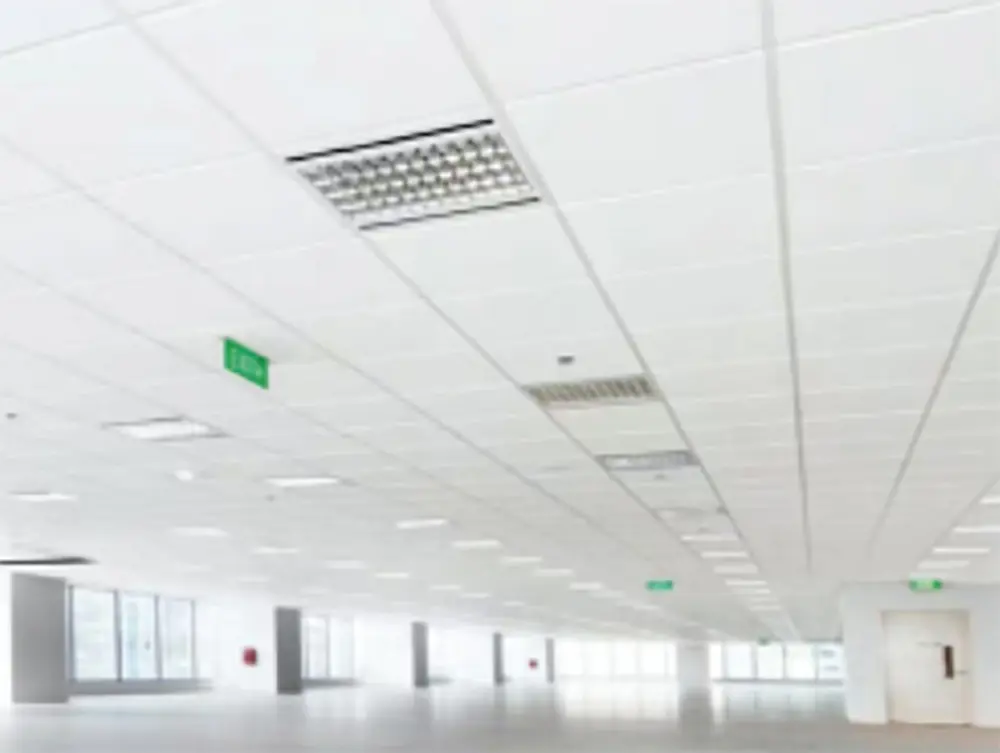 LEAO®Deco Ceiling
LEAO®Deco Ceiling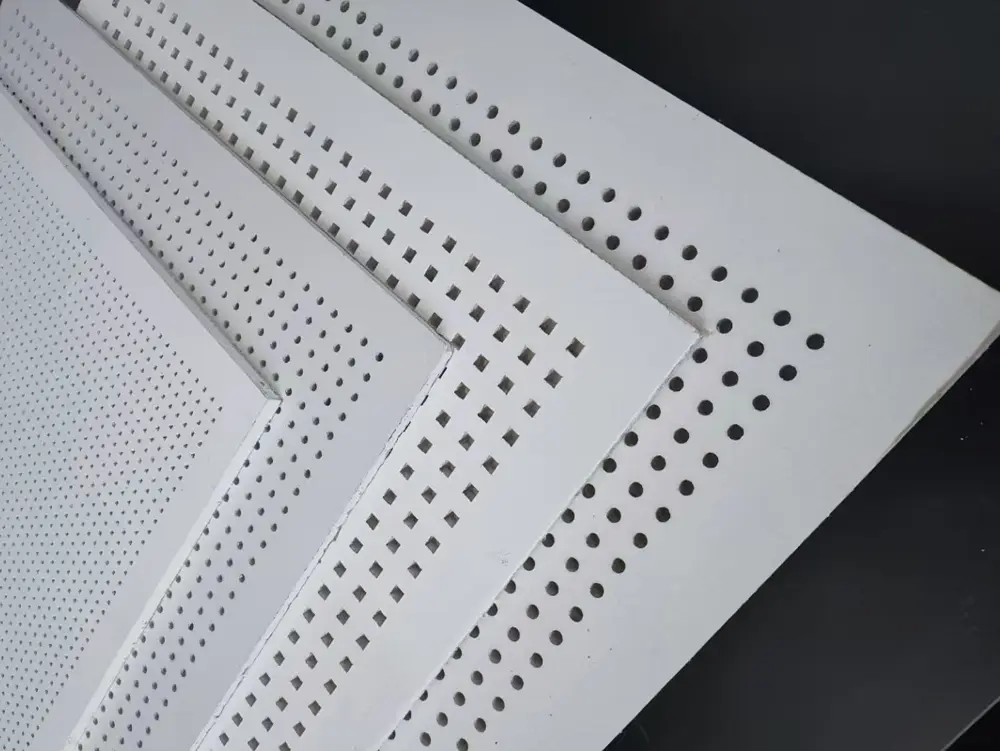 LEAO® Perforated Ceiling
LEAO® Perforated Ceiling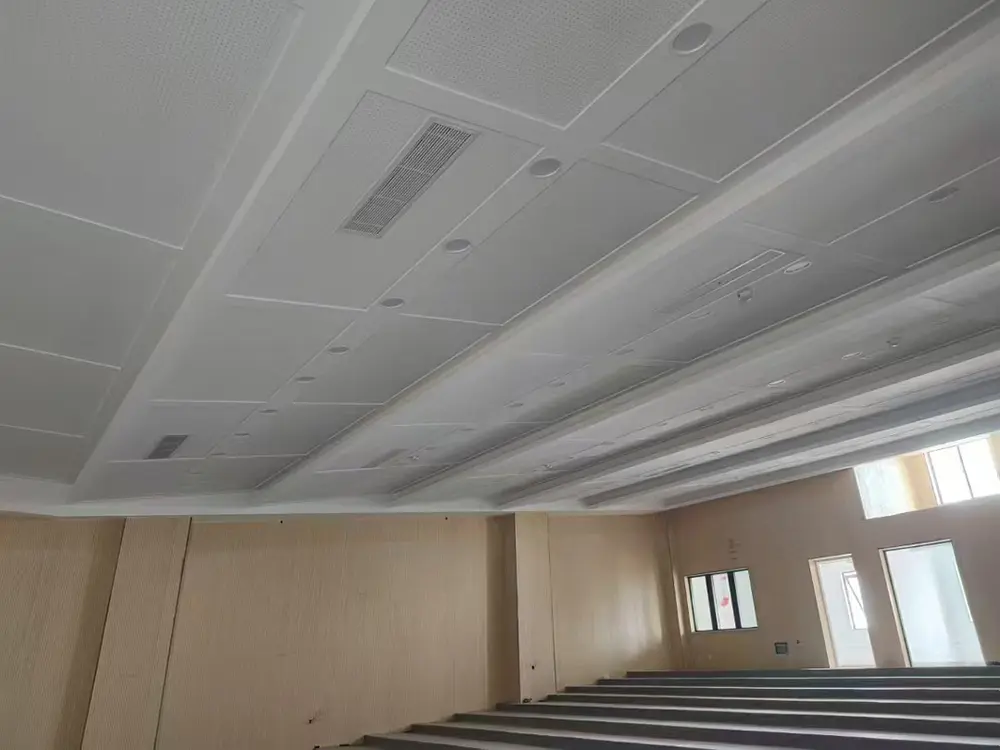 LEAO® Ceiling Board
LEAO® Ceiling Board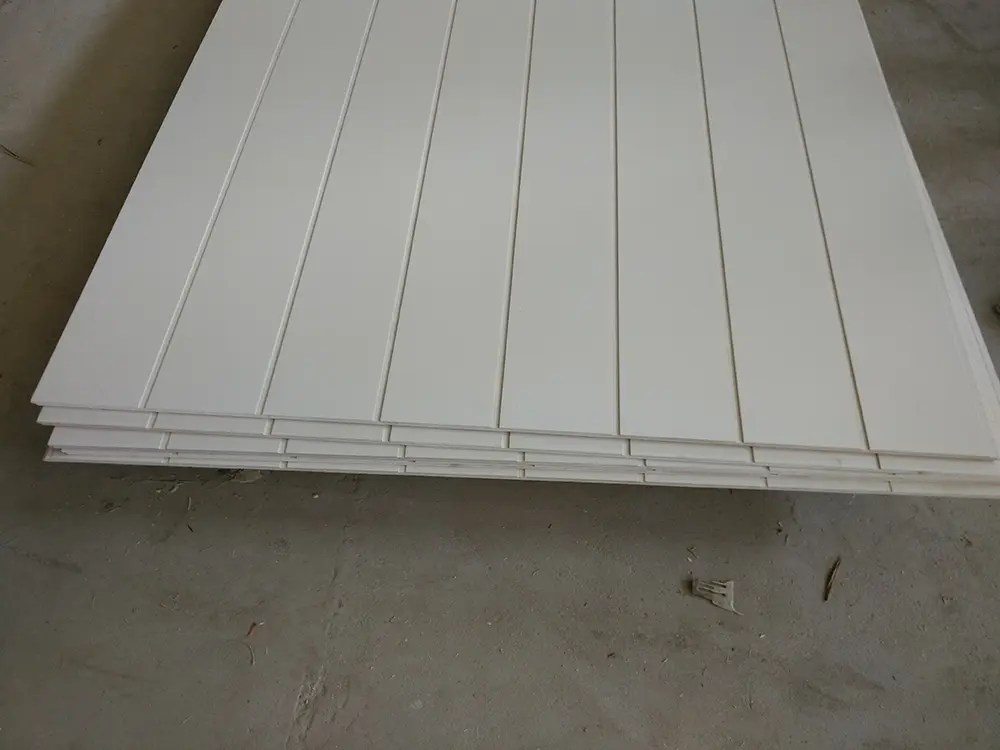 LEAO® Groove Interior Panel
LEAO® Groove Interior Panel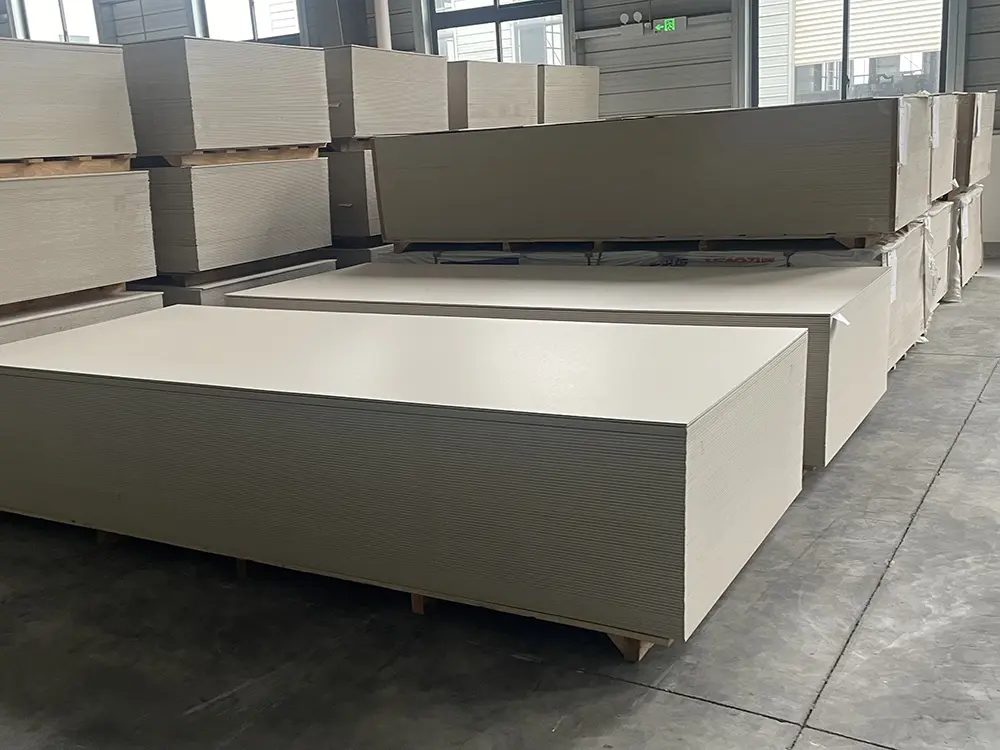 LEAO® Interior Board
LEAO® Interior Board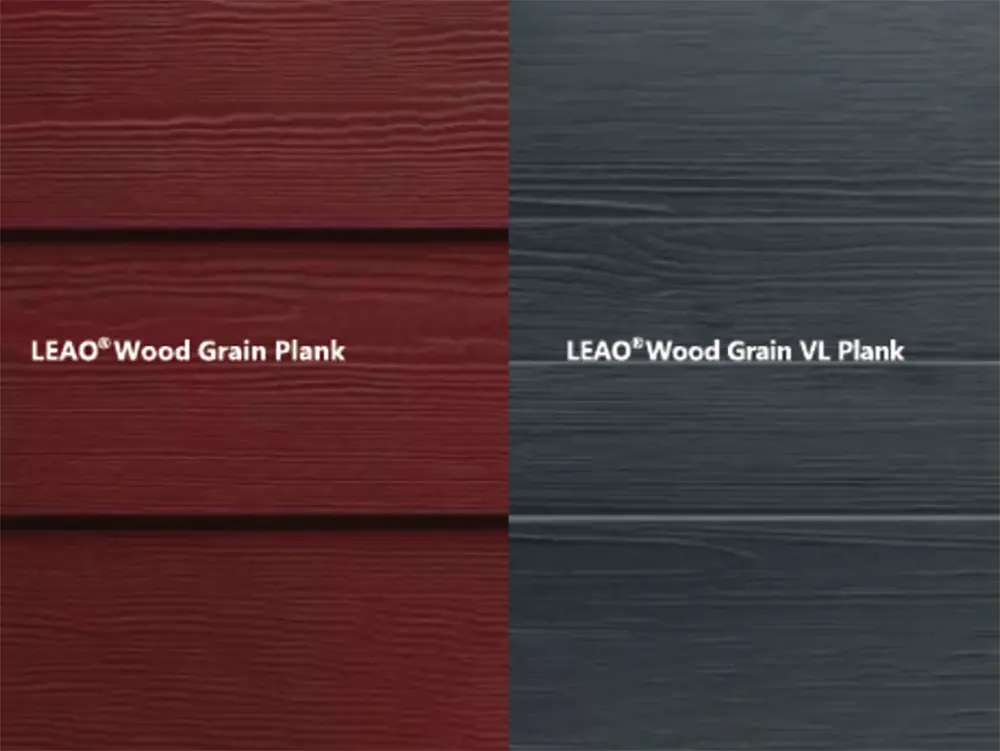 LEAO® Wood Grain Plank
LEAO® Wood Grain Plank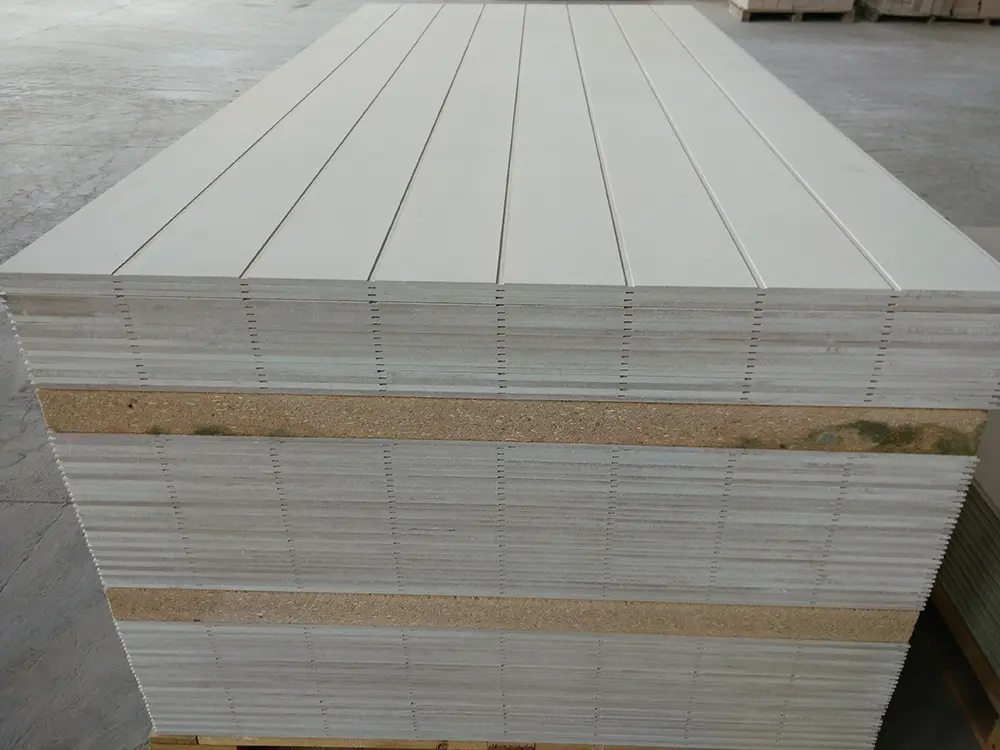 LEAO® Grooved Exterior Panel
LEAO® Grooved Exterior Panel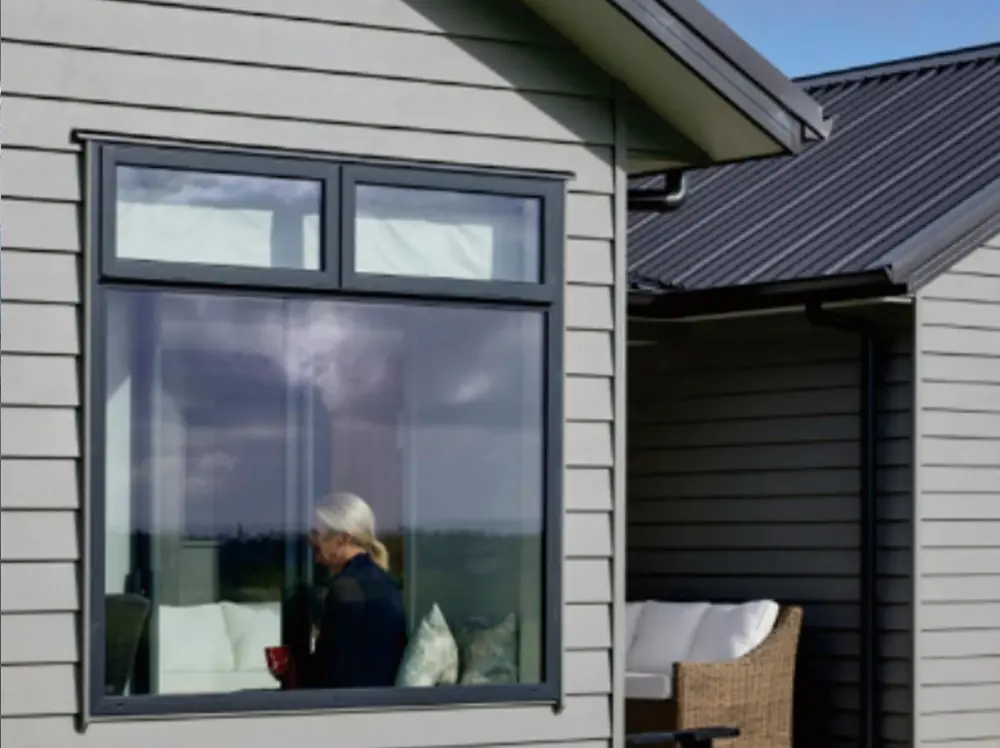 LEAO® Weatherboard
LEAO® Weatherboard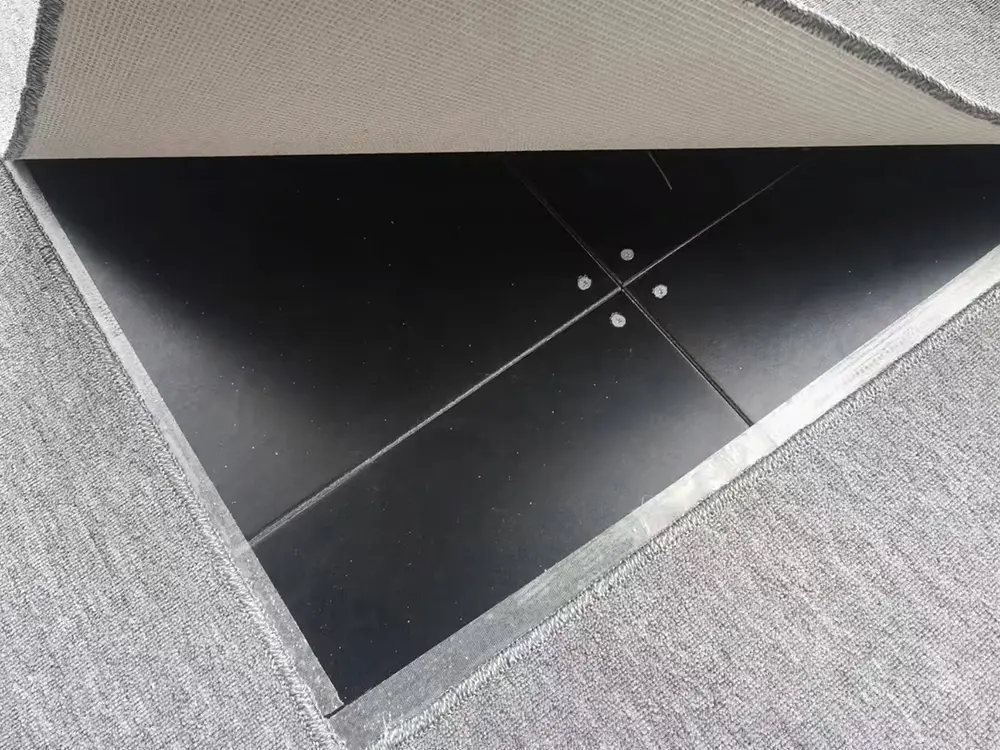 LEAO® Access Floors
LEAO® Access Floors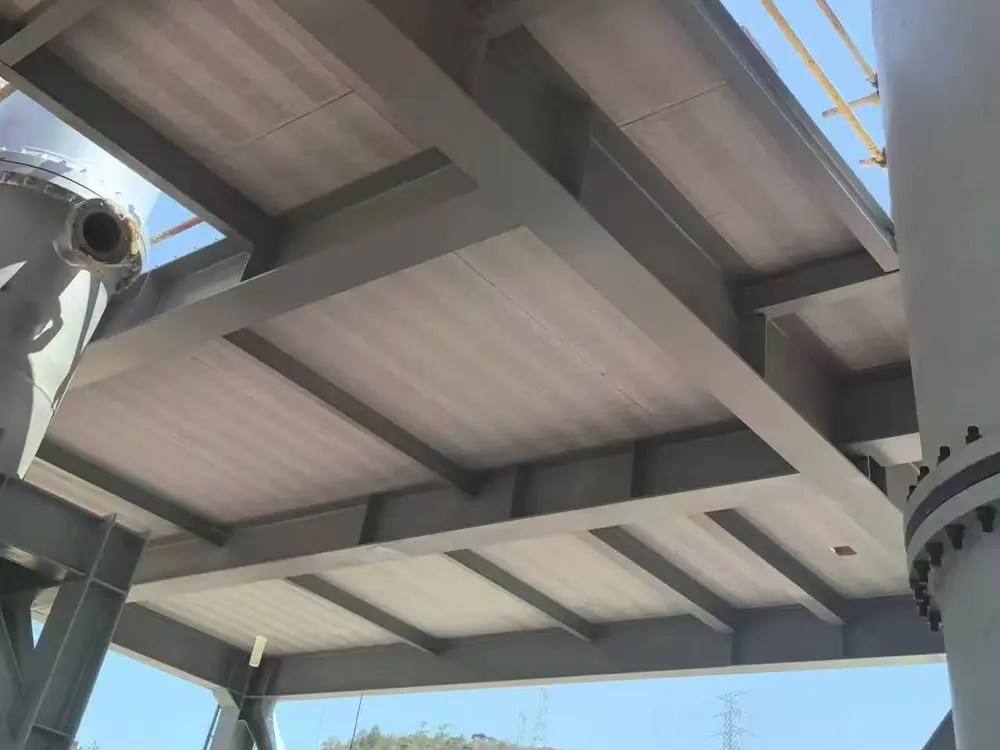 LEAO® Non-removable Formwork
LEAO® Non-removable Formwork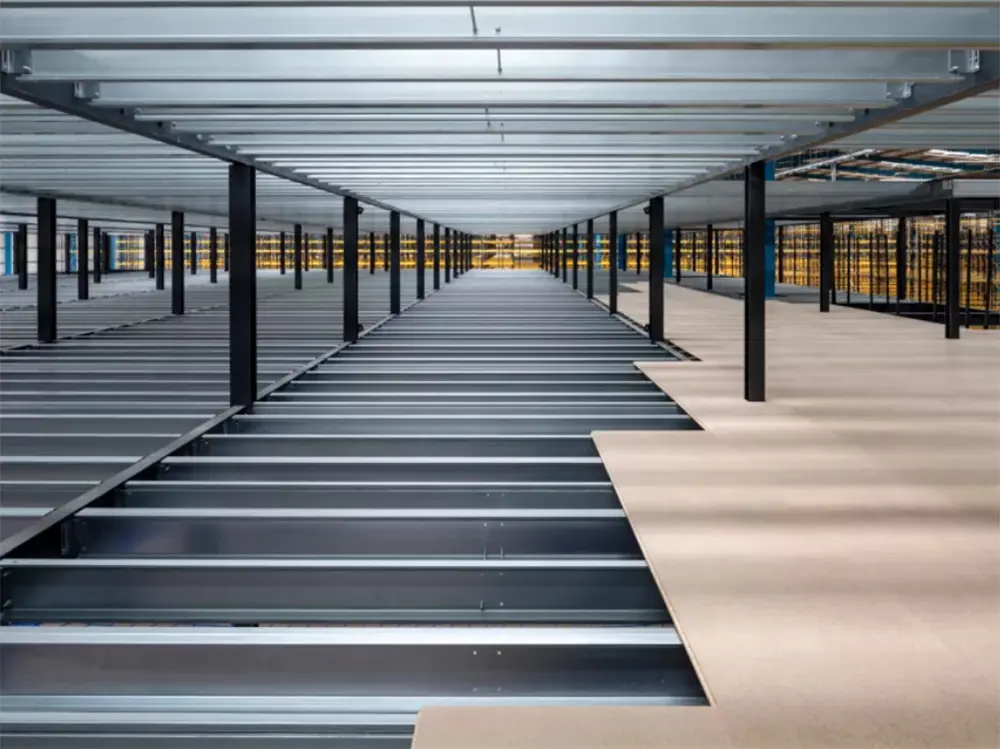 LEAO® Mezzanine Board
LEAO® Mezzanine Board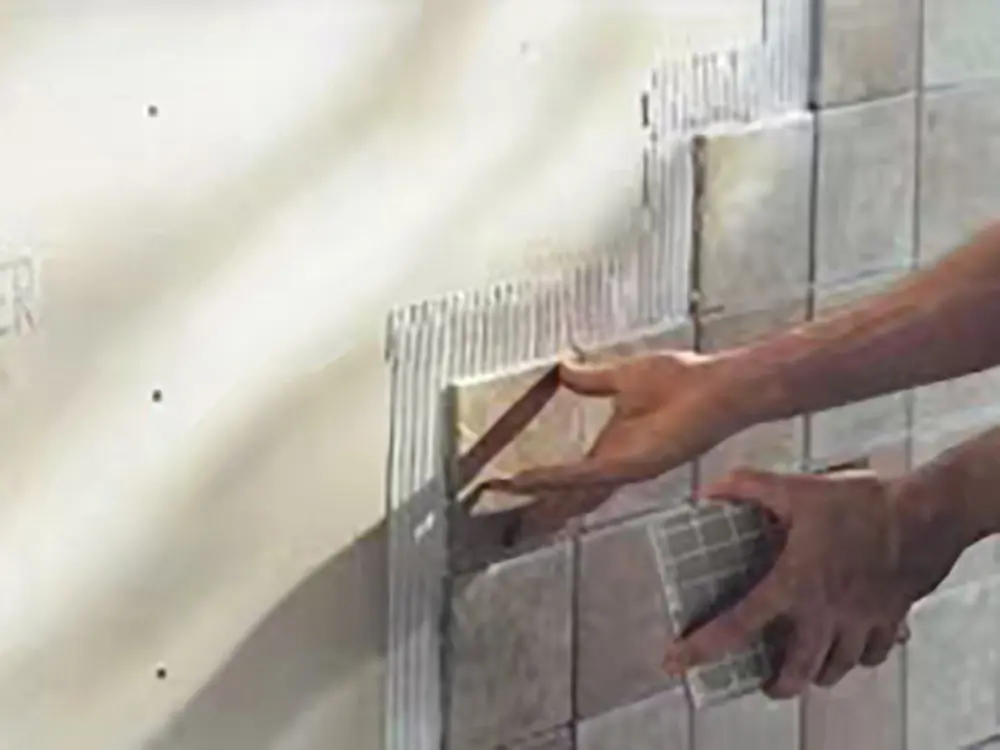 LEAO® Ceramic Tile Underlay
LEAO® Ceramic Tile Underlay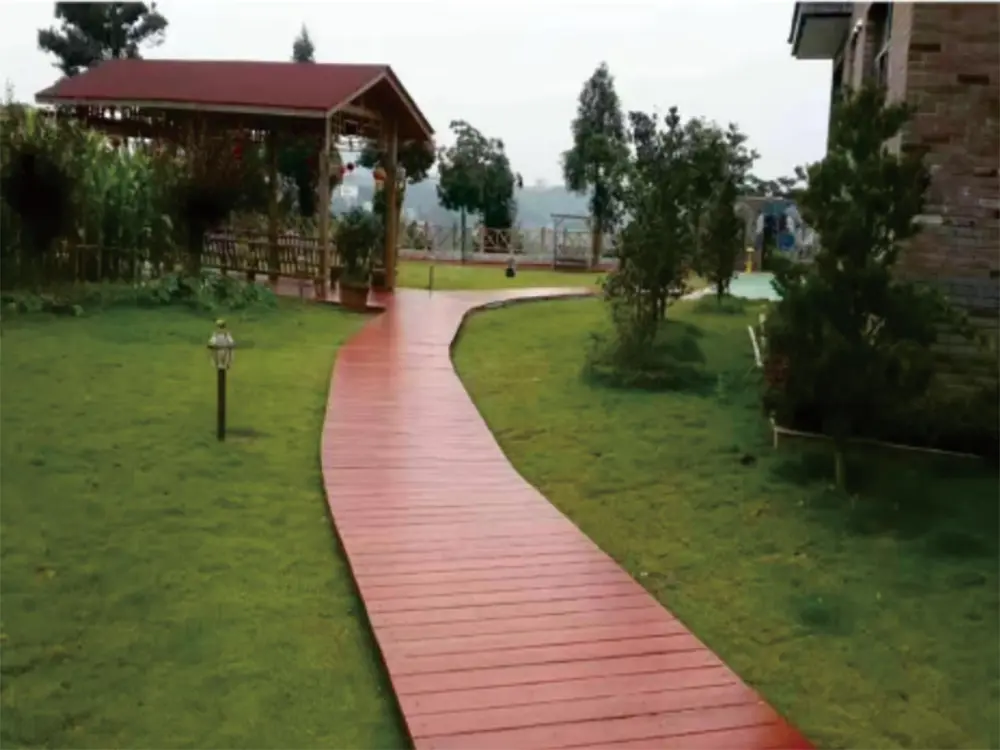 LEAO® Floor Plank
LEAO® Floor Plank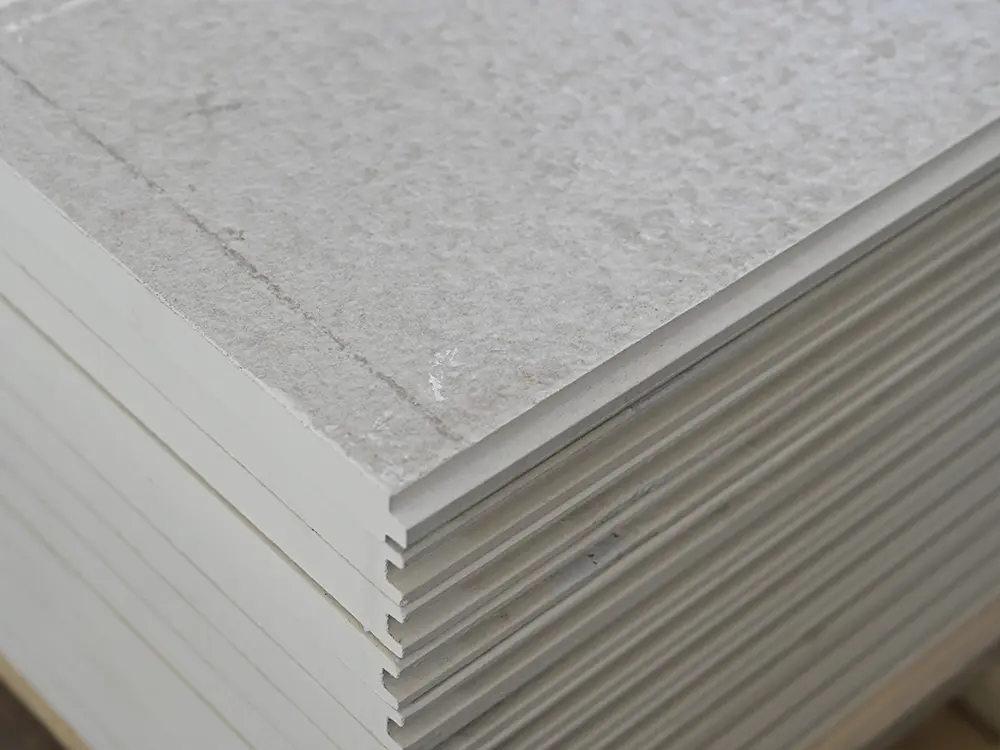 LEAO® Flooring
LEAO® Flooring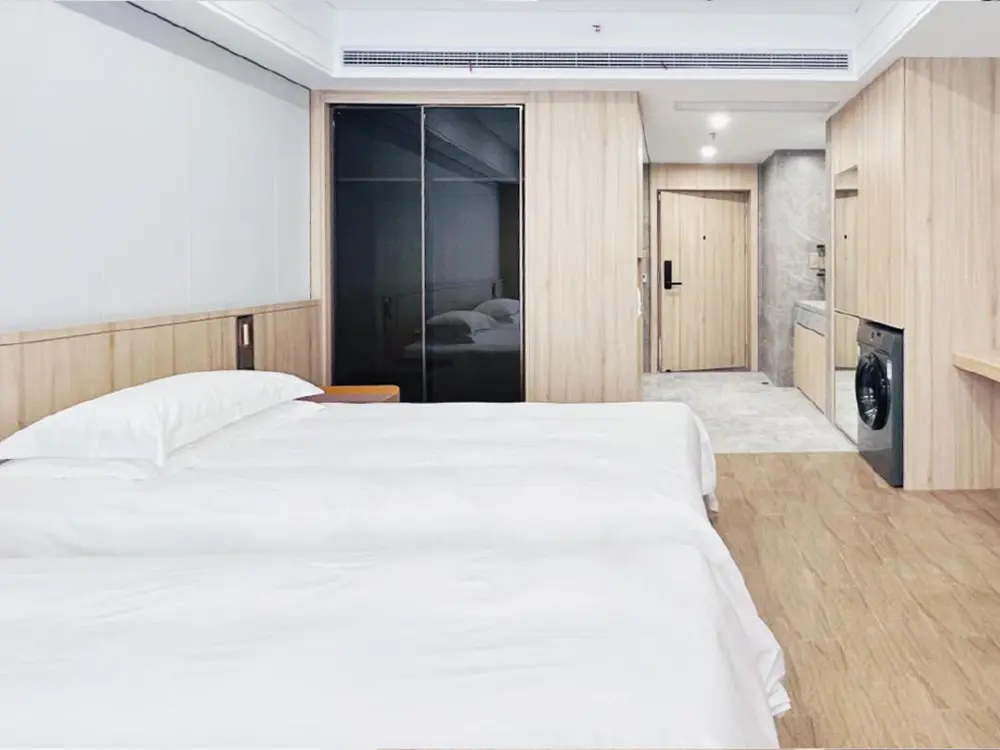 LEAO® Wood Style Decorative Panel
LEAO® Wood Style Decorative Panel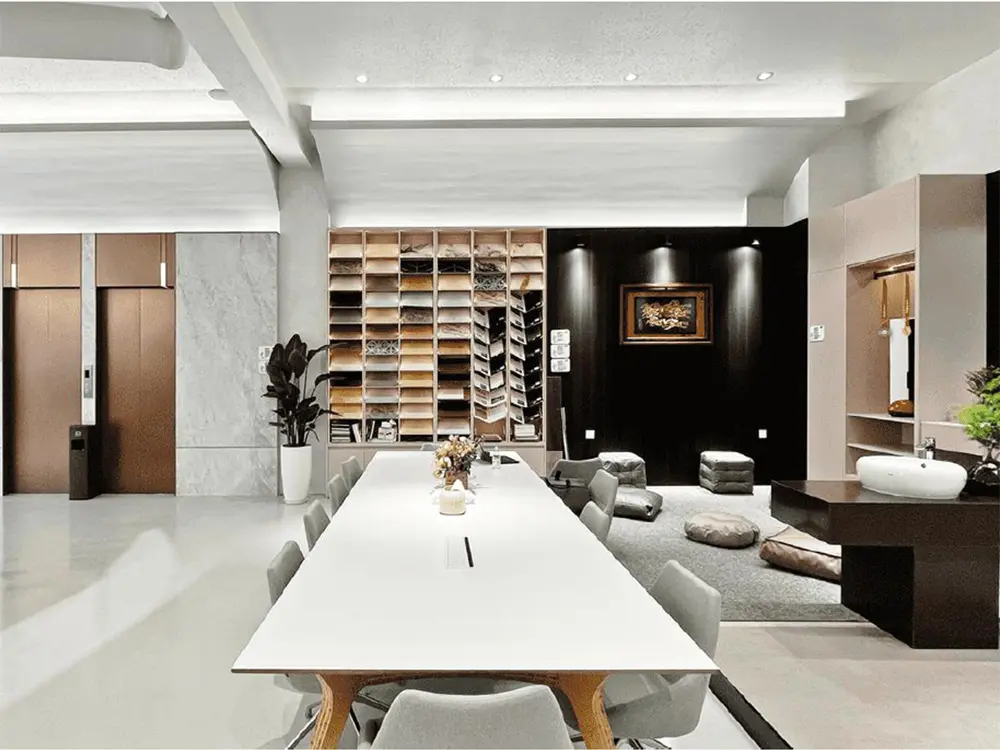 LEAO® Stone Style Decorative Panel
LEAO® Stone Style Decorative Panel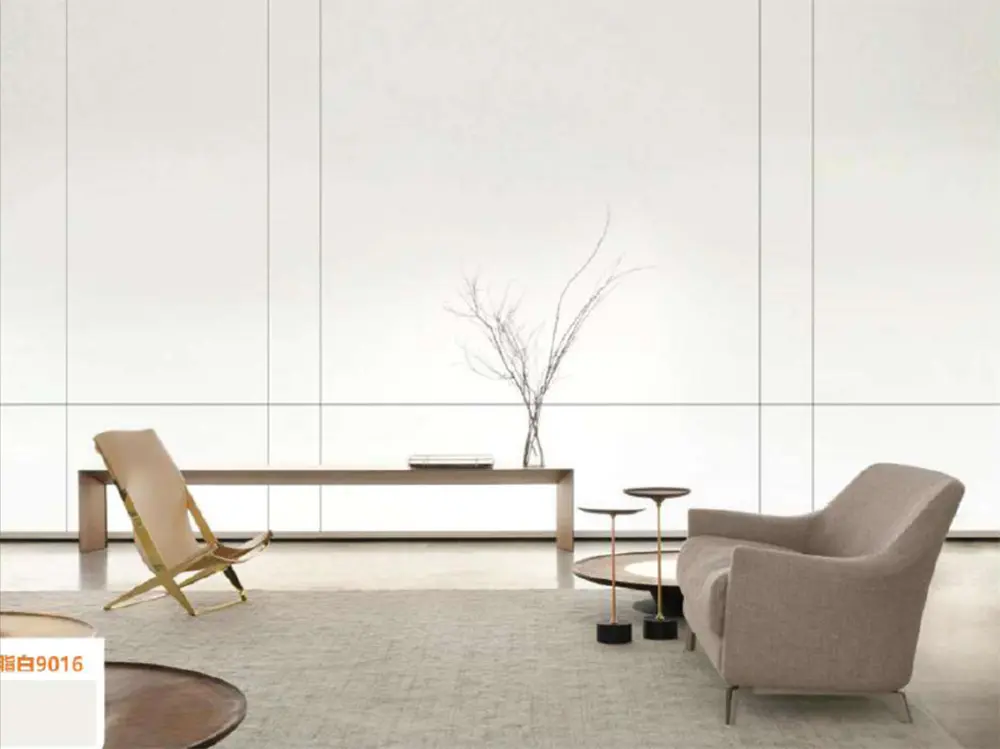 LEAO® Pure Style Decorative Panel
LEAO® Pure Style Decorative Panel



